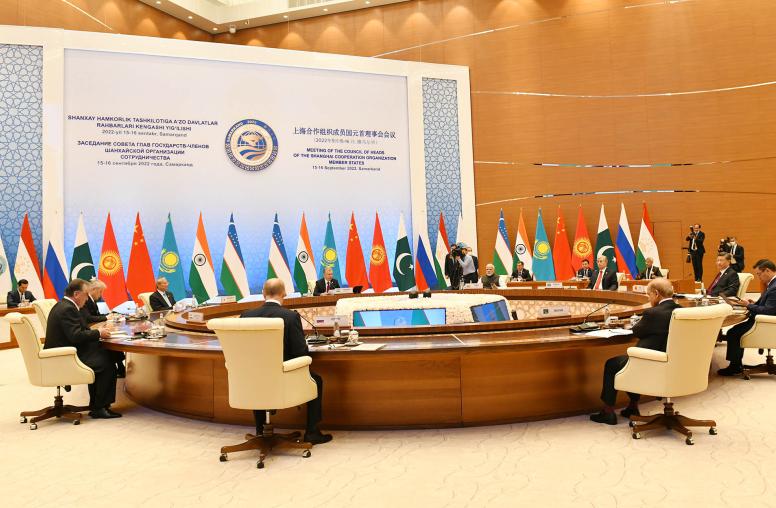Regime and Opposition in Iran
USIP invited an expert panel to participate in a frank discussion of the conflict between the Iranian regime and the opposition and its implications for the Obama administration.
The tumultuous events that rocked Iran after the June election suggest that the conflict between regime and opposition is far from over. Indeed, the "Ashura Protests" of December 2009 tell a different story: of a regime that is struggling to hold on to power and some shred of legitimacy, and an opposition that is looking for ways to unify as it confronts state violence.
How will the evolving clash between regime and opposition affect the stability of the Islamic Republic, on the one hand, and its foreign relations, on the other? What are the implications for recent events for the Obama administration's efforts to engage Iran and deflect its efforts to build what many experts believe is a nuclear arms capacity?
To explore these and other related question, USIP invited an expert panel to engage in a public discussion, featuring live-streaming web-video and live chat.
Speakers
- Abiodun Williams, Chair
Vice President, Conflict Analysis and Prevention, U.S. Institute of Peace - Daniel Brumberg
Acting Director, Muslim World Initiative, U.S. Institute of Peace
Topic: Repression and Resistance in a Divided Society - Robin Wright
Jennings Randolph Senior Fellow, U.S. Institute of Peace
Topic: In Search of Unity: Iran’s Opposition
Read Robin Wright's testimony to Congress on Iran's Green Movement - Fatemeh Haghighatjoo, Reformist Member of Iranian Parliament (2000-2004)
Visiting Scholar, University of Massachusetts
Topic: The Future of Iran’s Opposition - Suzanne Maloney
Resident Scholar, Saban Center, The Brookings Institution
Topic: The Regime: Where are the Fissures? - George Lopez
Jennings Randolph Senior Fellow, U.S. Institute of Peace
Topic: Implications for U.S.-Iranian Engagement
Read George Lopez's testimony to Congress on Sanctions



